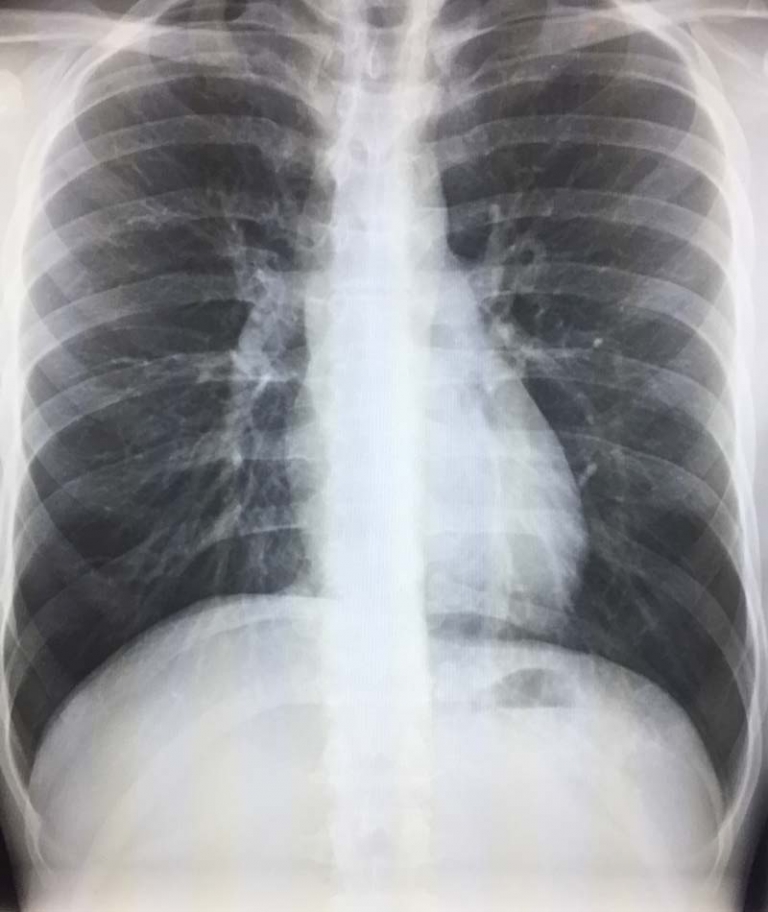Mucous Plug in Lung
When it comes to respiratory health, understanding the role of mucous plugs in the lungs is crucial. These plugs can lead to discomfort and breathing difficulties. Let’s discuss the details to understand what mucous plugs are, their causes, symptoms, and effective treatment options.
What are Mucous Plugs?
Mucous plugs are collections of thickened mucus that obstruct the airways within the lungs. They are formed when excess mucus accumulates and becomes thick, making it difficult for air to pass through. These plugs can affect anyone, but they are more common in individuals with certain respiratory conditions.
Causes of Mucous Plugs
Understanding the causes behind the formation of mucous plugs is essential. These can be triggered by various factors, such as:
- Respiratory Infections: Viral or bacterial infections, like bronchitis or pneumonia, can lead to increased mucus production, contributing to the formation of mucous plugs.
- Asthma: People with asthma tend to produce more mucus, making them susceptible to developing these obstructions.
- Cystic Fibrosis: Individuals with cystic fibrosis have thicker, stickier mucus, which can easily block airways, leading to mucous plug formation.
- Allergies: Allergic reactions causing increased mucus production can result in the development of these plugs.
Symptoms of Mucous Plugs
Identifying the symptoms associated with mucous plugs can help in seeking timely medical assistance. Common symptoms include:
- Persistent coughing
- Difficulty breathing or shortness of breath
- Wheezing or whistling sounds while breathing
- Chest pain or tightness
- Increased production of mucus
Diagnosis of Mucous Plugs and the Role of Imaging
Diagnosing mucous plugs involves a comprehensive evaluation by healthcare professionals. Imaging techniques play a crucial role in identifying these obstructions within the lungs and determining the extent of their impact on respiratory function.
Imaging Techniques for Diagnosis
- Chest X-rays: This initial imaging test is often the starting point for assessing lung health. While chest X-rays may not directly visualize mucous plugs, they can reveal abnormalities in the lungs, such as inflammation or consolidation.
- Computed Tomography (CT) Scans: CT scans provide detailed images of the lungs and airways. They are important in detecting mucous plugs, offering a more precise view than X-rays. CT imaging can reveal blockages in smaller airways and pinpoint the locations of mucous plugs within the lung tissue.
- Magnetic Resonance Imaging (MRI): Though less commonly used than CT scans, MRI can also offer images of the lungs. It might be utilized in specific cases where CT scans or X-rays are inconclusive or if there are concerns about radiation exposure.
Diagnostic Procedures
Besides imaging, healthcare providers may conduct additional tests to confirm the presence of mucous plugs and evaluate lung function:
- Pulmonary Function Tests (PFTs): These tests measure lung capacity, airflow, and gas exchange. While they don’t directly visualize mucous plugs, they provide crucial information about lung function and help assess the impact of obstructions on breathing.
- Bronchoscopy: This procedure involves inserting a thin, flexible tube with a camera (bronchoscope) through the mouth or nose into the lungs. It allows direct visualization of the airways and the removal of mucous plugs if necessary. Biopsies or cultures can also be obtained during bronchoscopy for further evaluation.
The Role of Imaging in Treatment Planning
Imaging techniques are not only important in diagnosing mucous plugs but also aid healthcare professionals in devising effective treatment plans. By accurately identifying the location and extent of blockages, doctors can determine the most suitable treatment strategies, such as targeted medications, airway clearance techniques, or, in severe cases, surgical intervention.
Treatment Options
Effective treatment strategies are available to manage mucous plugs and improve respiratory health:
- Bronchodilators: These medications help open the airways, making it easier to breathe by reducing inflammation and relaxing muscles around the airways.
- Mucolytics: Medications that thin and loosen mucus, aiding in its expulsion from the lungs.
- Airway Clearance Techniques: Techniques like chest physiotherapy or using devices like a flutter valve or a positive expiratory pressure device can assist in clearing mucus from the airways.
- Antibiotics: If an infection is causing the mucous plugs, antibiotics may be prescribed to treat the underlying infection.
Prevention
While some causes of mucous plugs, like respiratory infections, might be difficult to prevent entirely, certain measures can reduce the risk:
- Avoiding exposure to cigarette smoke and other pollutants
- Practicing good hygiene to reduce the risk of infections
- Managing conditions like asthma or allergies effectively with proper medications and treatments
Conclusion
Understanding mucous plugs in the lungs, their causes, symptoms, and treatment options is important for maintaining good respiratory health. If experiencing persistent respiratory symptoms, it’s crucial to seek medical advice promptly for proper diagnosis and appropriate treatment. By staying informed and adopting preventive measures, one can reduce the risk of developing mucous plugs and related respiratory issues.

